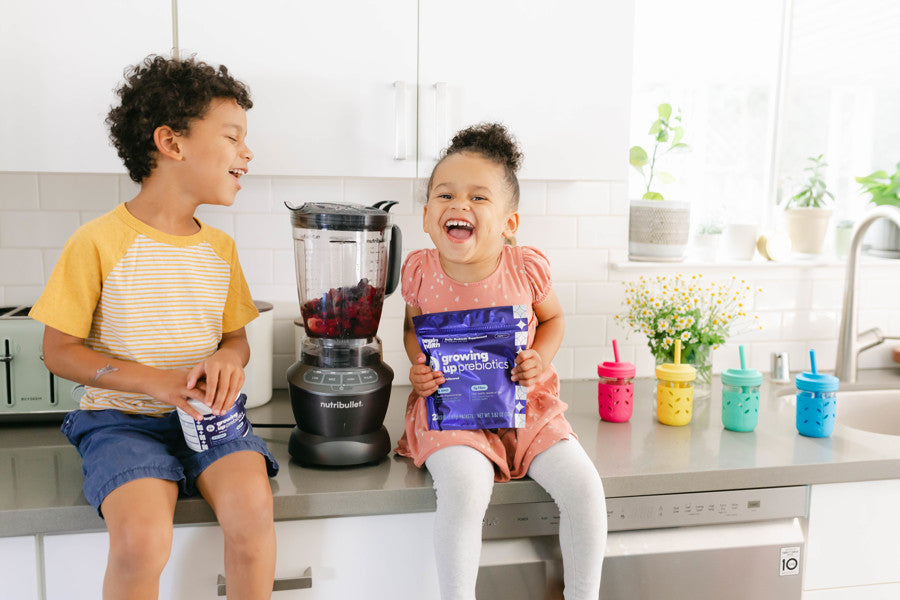Your Cart is Empty
Continue shoppingManaging Constipation in Babies During Solid Food Transition: A Guide for Moms
Medically Reviewed by May Zhu, RDN | Published September 03, 2024
share this article

Introducing solid foods to your baby is an exciting journey, but it can come with challenges, especially when it comes to digestion. Constipation is a common issue during this phase as your baby’s digestive system adjusts to new textures and types of food. Understanding how to manage constipation can help keep your baby comfortable and make the transition smoother.
Is Constipation in Babies Common?
Constipation in babies occurs when they have difficulty passing stools or have infrequent bowel movements that's defined as less than 3 bowel movements a week. It’s often identified by hard, dry stools and signs of discomfort or straining. According to the American Academy of Pediatrics, up to 30% of children experience constipation at some point, and it’s particularly common during the introduction of solid foods.
Why Does Constipation Happen During Solid Food Transition?
When babies start eating solid foods, their digestive systems need time to adapt to the new types of fiber, protein, and other nutrients. This change can sometimes slow digestion and make stools firmer, leading to constipation. Foods like rice cereal, bananas, and dairy products are common triggers because they can make stools harder. Additionally, as babies consume less breast milk or formula, which naturally contains more fluid and is easier to digest, their overall fluid intake may decrease, contributing to constipation.
Tips for Managing Constipation During the Transition
1. Keep Your Baby Hydrated
Staying hydrated is key to preventing and managing constipation. Ensure your baby is getting enough fluids by offering breast milk, formula, or small amounts of water (for babies over six months) throughout the day.
2. Introduce Fiber Rich Foods
Adding fiber rich foods to your baby’s diet can help ease constipation symptoms by adding bulk to the stool and promoting regular bowel movements. Foods like mashed prunes, pears, or peas are great options. Research shows that adequate fiber can be an effective strategy to help kids reduce their risk for developing constipation symptoms as they grow.
3. Encourage Gentle Movement
Physical activity can stimulate digestion and help food move through the digestive tract. Engage your baby in tummy time, crawling, or playing with toys to encourage movement.
Begin Health Expert Tip
Can physical therapy help constipated kids? Click here to reveal what our what our Begin Health expert says.
4. Use Gentle Tummy Massage
Massaging your baby’s tummy can help stimulate their digestive system and relieve discomfort. Try using circular motions around their belly button to promote digestion.
Begin Health Expert Tip
For more information about how at home massages to help kids with constipation relief, check out our blog herefrom a Pediatric Chiropracter.
5. Adjust Your Baby’s Diet
If you notice that certain foods seem to cause constipation, consider reducing or temporarily eliminating them from your baby’s diet. Common culprits include rice, oats, cereal, and bananas. Reintroduce these foods gradually while keeping an eye on your baby’s bowel movements to find a balance that works best for them.
Summary
Managing constipation during your baby’s transition to solid foods is crucial for their comfort and overall well-being. By focusing on hydration, high-fiber foods, gentle movement, tummy massages, and diet adjustments, you can help your baby navigate this new stage smoothly.

Author
May Zhu, RDN
Trending

How to Transition Kids Off Stool Softeners Safely
read now
How to Know If Your Kid Needs a Stool Softener (or Something Else)
read now
Why Parents Are Choosing Prebiotics Over Stool Softeners for Kids
read now






